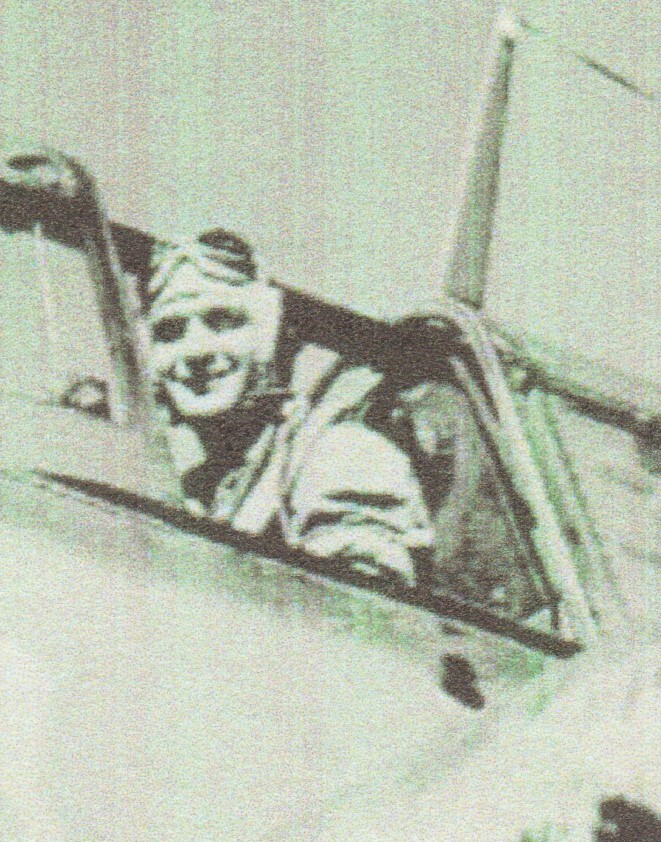CAMPBELL-JOHN
JOHN WOODROW CAMPBELL

LTJG(NAP)

Excerpts from article “Enlisted Naval Aviation Pilots: A Legacy of Service” published in Naval Aviation News, November/December 2003:
My dad, John W. Campbell, was career Navy – a fact he was proud to share with anyone who asked and some who didn’t. I knew that he served for 21 years. I also knew that he had been an enlisted pilot and sailed aboard the icebreaker EDISTO as a helicopter pilot during an Operation Deep Freeze Antarctic expedition. One of his favorite pictures was a photograph of him shaking hands with Read Admiral Richard E. Byrd, the famed polar explorer.
So, what exactly did my dad do during the war? The short answer is “a lot.” He enlisted in the Navy and found a second home, and he was fiercely loyal to his new “family.” He attended Aviation Metalsmith School and graduated in November 1939. He was one of the “chosen” for enlisted flight training, received his preflight course at the University of Georgia, followed by flight school in Pensacola. He earned his wings on 31 July 1943, was designated Naval Aviation Pilot No. 177-43, and became a part of the NAP legacy. Fresh out of flight school, he was assigned to the Pacific theater as a member of Utility Squadron Fourteen (VJ-14) in Pearl Harbor. His flight log revealed in the 26-month assignment between mid-October 1943 and the end of November 1945, he logged over 1,100 hours in 17 varieties of aircraft on 425 separate flights. Typical of a utility squadron, missions were photoreconnaissance, submarine coverage and target towing—while not as exciting as combat, vital and dangerous business nonetheless. I envision him completing the mission in his JM-1 Marauder, a small but significant contribution to the war effort.
Like so many of the WW II-era NAPs who received a temporary commission, he became an ensign on 18 December 1944. By the time he left VJ-14 as a LTJG in 1946 to join VU-7 in San Diego, the war had been over for about a year. Once stateside, he was discharged and began applying his metalsmith skills in the civilian field of bridge construction. That lasted a grand total of 89 days after which he resigned his commission, returned to the Navy and the enlisted ranks as a Chief Petty Officer/Naval Aviation Pilot. Amassing a total of 3,441.7 flight hours in 8 aircraft types (53 fixed wing and 15 rotary wing), he did what he loved to do until his retirement in 1959.
/s/ Mark J. Campbell, CAPT, USCG (Son)
Submitted by CDR Roy A. Mosteller, USNR (Ret)

